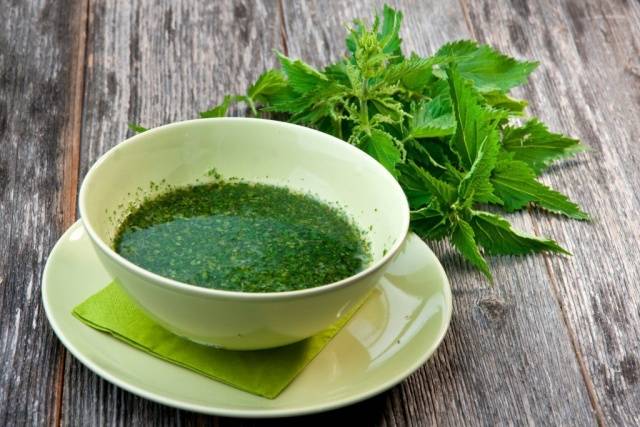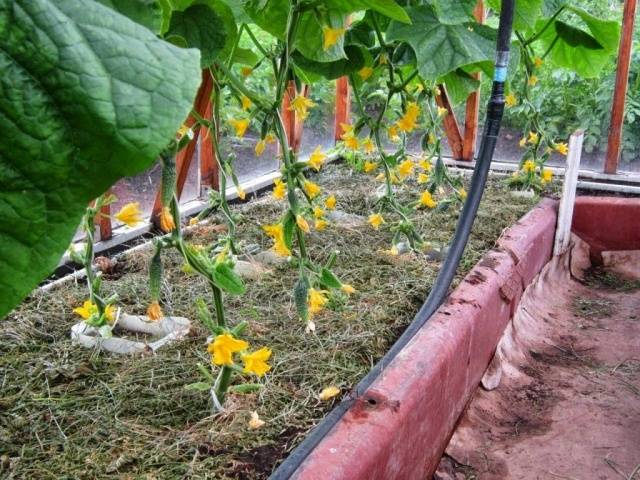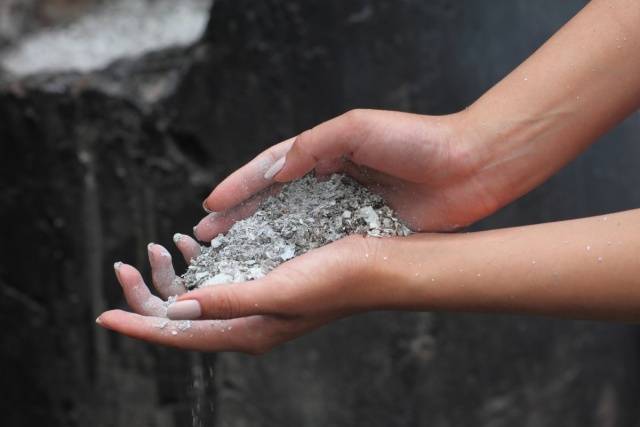Content
Organic fertilizers help increase the quantity and quality of crops, which allows you to grow environmentally friendly vegetables and fruits. If you need to save money, you can use green fertilizer. Here we are talking about preparing fertilizers from nettles and dandelions. Yes, herbsweeds and other tops can be usefully used as a free mineral supplement. Feeding cucumbers with nettles is a cheap but very effective method of fertilizing. This will be discussed in the article.
At first glance, nettle is a useless weed, however, it contains a whole range of nutrients necessary for cucumbers:
- organic acids;
- vitamins;
- microelements;
- tannins;
- phytoncides, etc.
By all appearances, it’s probably not worth writing off this weed.
Plant properties
Nettle is the most popular component of organic fertilizer prepared at home. Its main advantage is the presence of almost all easily digestible microelements, such as, for example, magnesium, potassium and calcium.
Cooking rules
In order for you to get a nutritious and healthy mixture, when preparing nettle fertilizer, you need to follow certain rules:
- Collection should be carried out before seeds form on the stems.
- The nettle should be undamaged.
- The infusion should be stirred twice three times a week.
- To speed up the fermentation process, the solution should be stored in the sun. You can also add yeast or food starter to the nettles.
- The remainder of the fertilizer can be stored in a plastic container. The shelf life is unlimited. The only thing is that the composition needs to be covered for the winter so that it does not freeze.
- The composition should be used as a fertilizer no more than once every 2 weeks. After feeding, the cucumbers should be watered generously.
- To make the smell of the composition less pungent, add valerian officinalis root to the container where it is stored.
Nettle fertilizing will protect cucumbers from pests and all kinds of diseases. Experienced gardeners do not throw away or eradicate nettles from their plots. Having prepared the infusion once, you can use it throughout the entire summer season.
Application in gardening
Due to the fact that nettle burns, many gardeners do not like it. However, this property can be turned into an advantage. For example, cut nettles can be placed at the roots of cucumbers. This cover will slow down the growth of weeds and provide excellent protection against pests such as slugs.
In addition, crushed nettles can be used as mulch. This fertilizer for cucumbers will be very useful. In addition, this prevents the formation of erosion on the ground.
Preparation of fertilizer
Do feeding for cucumbers from nettles is very simple. To do this, you need to mow the weed and wither it a little, you can even dry it. Then the nettles are crushed and placed in containers.
So, crushed, dried or dried nettles need to be placed in tanks, barrels or cut bottles, and then filled with water. You can use settled or rain water. Place the containers with the infusion in a semi-shaded place for fermentation. Nettle should sit for 10–15 days. During the fermentation process, the infusion will smell unpleasant, so the containers should be placed away from the windows of the house, preferably somewhere in the backyard.
To limit the access of oxygen to the container with nettle infusion, it must be covered with polyethylene. The readiness of the infusion is determined by the smell. Once fermentation is complete, the contents of the bottles will smell like fresh manure. The prepared liquid can be used to feed cucumbers by adding it to water for irrigation:
- for feeding the plant in a ratio of 1:5;
- for roots – 1:2.
Other crops, including indoor plants, can be fed with nettle infusion. The plants will quickly grow and strengthen after such feeding: the leaves will become bright and glossy, and the process of growth and ripening of cucumbers will also accelerate.
Recipe for making fertilizer from bread and nettles
If you infuse nettles with bread, you will get a nutritious kvass for plants. To prepare it you will need:
- nettle – stems and leaves;
- kvass;
- leftover rolls and bread;
- natural yeast.
All ingredients should be infused for 3–5 days.Fill the container ¾ full with nettles and add water with diluted yeast, leftover bread and kvass to the same level. Otherwise, during the fermentation process, the fertilizer will spill out over the edges.
After the fermentation processes are completed, the contents of the container must be filtered. The liquid is diluted with water in a ratio of 1:10. Potassium agrochemicals and superphosphates can be added to this composition.
Infusion of nettles and dandelions
Take nettles and dandelions as a basis for your composition. Collect the plants before they form seeds, dry them, and then chop them. Place the nettles and dandelions in a container, filling it 1/8 full. Then the composition is filled with water with humate previously diluted in it (1 tsp per 10 liters of water).
This infusion should stand for 4-5 days. You can add ash or other ready-made organic matter to the composition. It is worth noting that other components can also be added to this type of fertilizer:
- yarrow;
- stepsons of tomatoes;
- sagebrush;
- shepherd's purse;
- wheatgrass with roots;
- comfrey;
- chamomile;
- coltsfoot.
Cereals are also not suitable for processing, because when they decompose they form alcohol-containing compounds, which have a detrimental effect on plantings.
How to improve the quality of feeding
If you apply one simple trick, you can improve the recipes described in this article. To preserve the maximum amount of substances beneficial to cucumbers, cover the container with fermented grass with film.
The fact is that polyethylene can withstand the deformation exerted on it by methane formed during the decomposition of nettles.This ensures that fermentation occurs hermetically, without access to oxygen. The process lasts 2 weeks.
Nettle ash
Mulch and nettle infusion are not all the fertilizers that can be made from this weed. It can also be used to produce ash. It is volatile, light and has a bluish tint. The advantage of nettle ash is that it contains more than 30 trace elements and slightly less than 40% potassium.
According to experts, nettle ash is much healthier than wood ash. To prepare nettle ash, you need to mow and dry the weed, and then burn it. It's better to do this in the evening. Then in the morning the ash will already have cooled down, which will allow you to put it in some container and use it as needed. Nettle ash is used in the same way as wood ash.
Nettle fertilizer as a universal remedy
As mentioned above, nettle fertilizer can be used for almost all garden and flower crops. This fertilizer is great for fertilizing strawberries. It nourishes the plant and stimulates its growth. In addition, nettle fertilizing increases the sugar level in berries. Nettle infusion is also an excellent nutrient for tomatoes. It stimulates the growth of bushes and fruits due to its high calcium and potassium content.
For cucumbers, white cabbage and peppers, nettle fertilizer supplemented with dandelions is better suited. To feed the flowers, you need to add ash to the fertilizer. Thus, their growth is stimulated, and flowering becomes abundant.
An increasing number of amateur and professional gardeners are switching to natural fertilizers. For this purpose, plant organic matter is used, which minimizes the use of mineral fertilizers.This approach allows you to eat healthy, safe and environmentally friendly vegetables from the garden.
Let's sum it up
We hope that the information obtained in this article will help you improve the productivity of your garden and get a high-quality, environmentally friendly harvest. Organic fertilizers are very important. So, using weeds to prepare solutions, you can not only get rid of them in the beds, but also benefit the plantings.
We invite you to watch a video that will expand your knowledge of preparing nettle fertilizer:



















